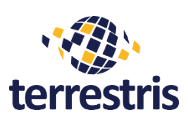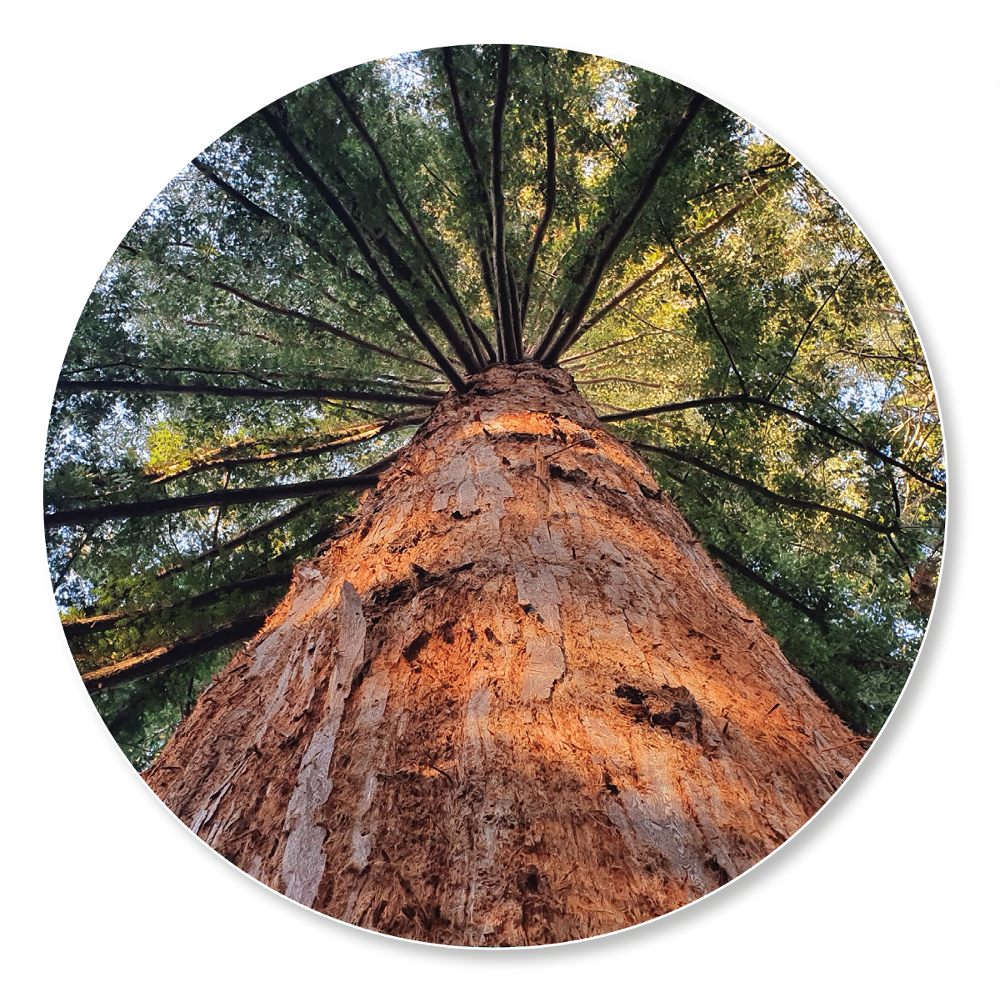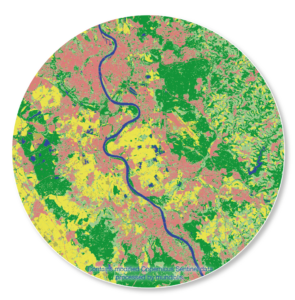Not only the recent Earth Day of 2021 has made it clear once again that our planet is in a very poor condition. The atmosphere is heating up at an alarming rate, the forests are being cut down with ever increasing speed and the loss of biodiversity is something that humankind has never seen happening at this scale before. The scope of these problems are daunting and HERMOSA is setting out to provide projects with the much needed software support and transparency through the analysis of Earth observation data. In this context there are two questions regarding the role of HERMOSA:
- Is HERMOSA able to cater to all the projects engaged in every aspect of complex ecosystem restoration? The clear answer is no, you would have guessed that. The scope of the problem is just too large for one platform alone. But HERMOSA does what is possible to be helpful nonetheless.
- Is there some feature of the platform that increases the impact and scope of HERMOSA? Yes, there is: adhering to international standards and thus being able to interact with other systems is a big plus here.
The technical term for this interaction is called interoperability and is facilitated by a number of standards. These are issued, for example, by the Open Geospatial Consortium (OGC), the International Organisation for Standardisation (ISO) and the World Wide Web Consortium (W3C). In practice the following happens: There are any number of organisations who provide (global) datasets as a so-called Web Map Service (WMS). This means that the data resides on a server somewhere. This server runs a standardized service which is able to tell another server what kind of data is available, where and how. HERMOSA, being based on these same standards, is able to ingest this service and display the data to its’ user, even though the data is not physically located in the HERMOSA cloud.
At the same time HERMOSA is able to analyse Earth observation and GIS data through the powerful geoprocessing engine actinia it contains. The resulting datasets are automatically published in a standardized format so that other platforms can in turn easily incorporate this data and display it to their users. This bidirectional interoperability – i.e. being able to use services from other parties and publish services to be used by others – helps everyone; only together the big challenges can be addressed.
The process outlined above enables all platforms that adhere to the standards to benefit from data and processing capabilities. And this means that the users engaged in ecosystem restoration benefit from platforms that can exchange data in an easy-to-use fashion. And if the users benefit, then this is also good for the planet because efficiency is increased and the time and money spent just go the extra, desperately needed mile.
Please contact sales@hermosa.earth to get started today!
reposted from: https://hermosa.mundialis.de/news/bulletin-kw-17/


